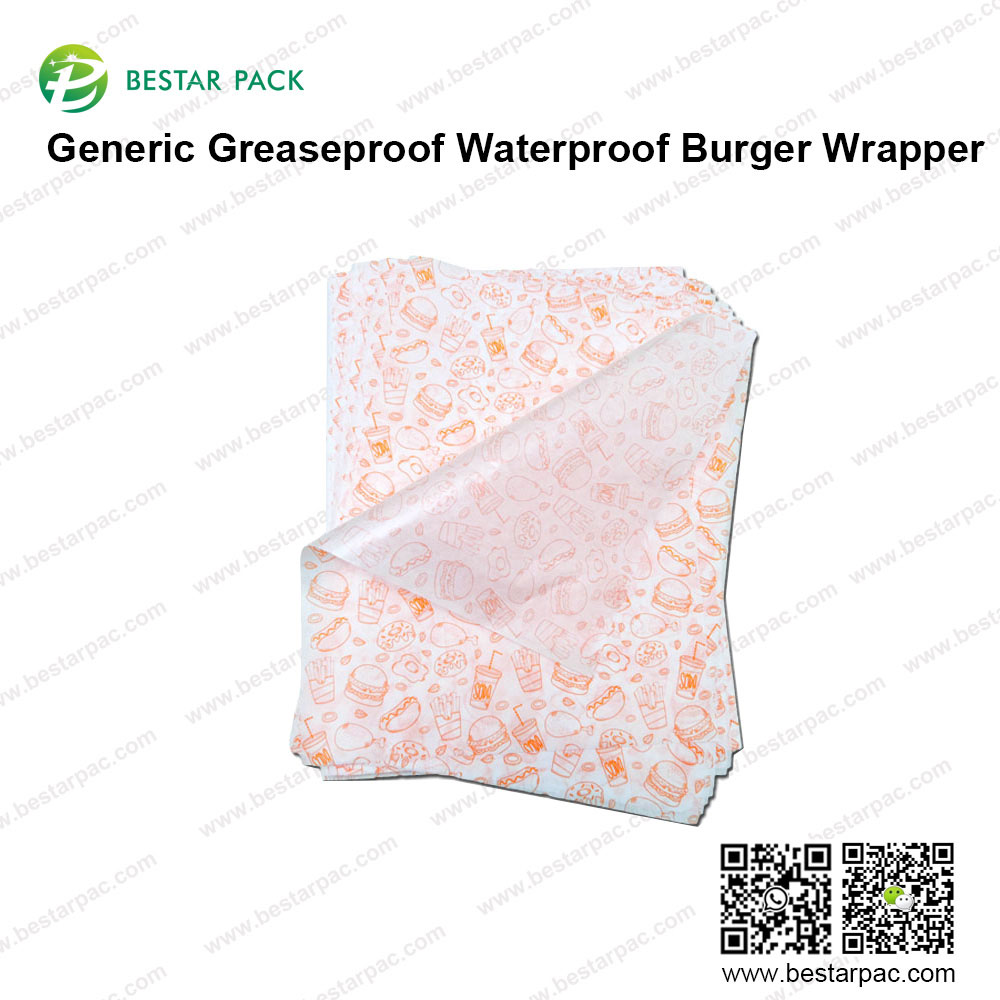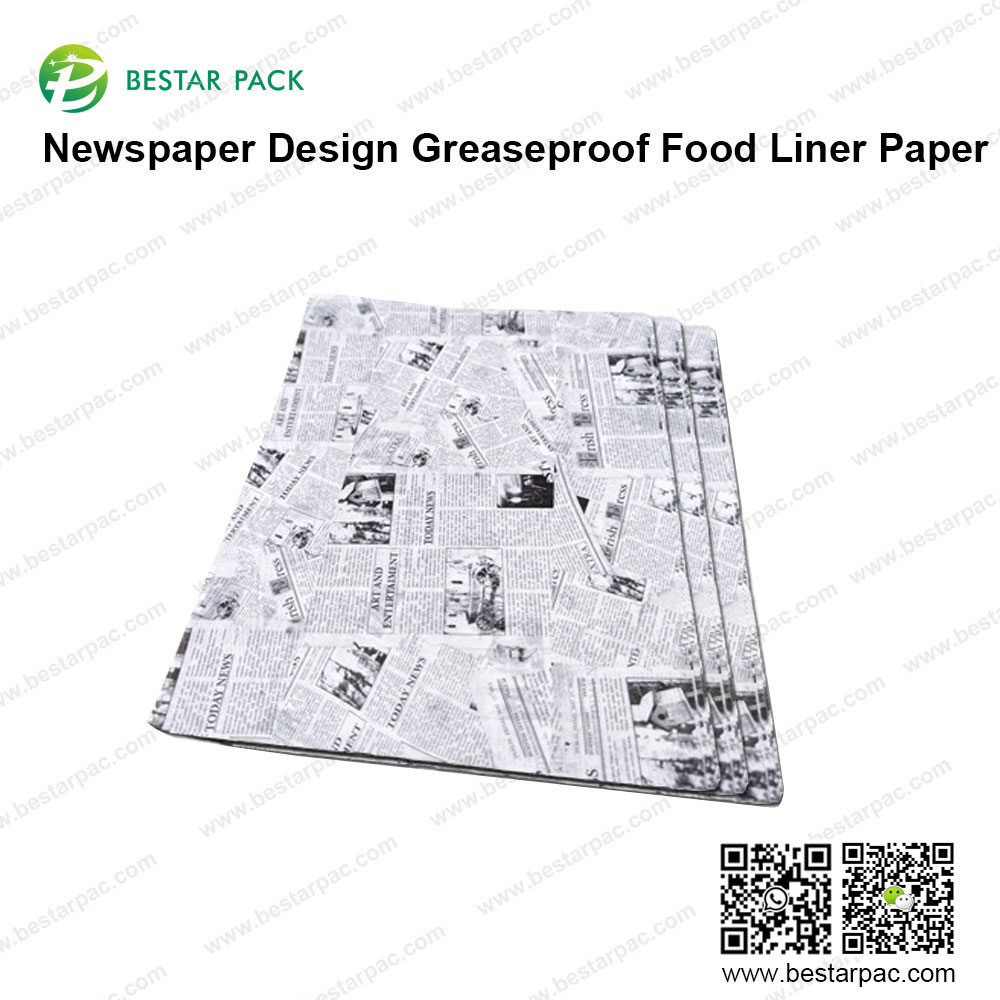In the food industry, Food Liner may seem inconspicuous, but it's a practical "protective tool" that prevents food contamination, liquid leakage, and preserves food quality. It's used in many areas, from storage right after purchase to final delivery to consumers, and its application range is wider than many people realize.

Supermarkets and food processing plants often line refrigerator drawers with food-grade PE material when storing fresh produce such as meat, seafood, and fruit. This separates the food from the drawer walls, preventing accumulated water and residual stains from sticking to the food. For example, the fishy smell of seafood from seeping into the gaps in the drawer.For frozen food, such as frozen meat or shrimp, wrapping the food in plastic wrap and placing it in a freezer box lined with Food Liner reduces sticking and prevents the food from breaking during thawing.
When braised food shops and fast food restaurants package prepared foods like braised chicken, braised duck, and fried chicken, they often line the plastic containers with a food liner made of oil-absorbing paper. This absorbs excess grease from the surface of the prepared food, keeping customers' hands clean and the container from becoming greasy, making it appear cleaner. When packaging hot fast food items like hamburgers and sandwiches, a heat-resistant food liner is placed inside the packaging to prevent the bread and patties from sticking to the wrapping and retain some warmth, preventing the food from cooling too quickly by the time it reaches the customer. Some high-end delicatessens even use liners printed with their brand logos, which are both practical and enhance brand recognition.
Bakeries and cake shops typically line their baking pans with food liner, often using heat-resistant silicone or wax paper. For example, when baking bread or cookies, the liner prevents dough and batter from sticking. Once baked, simply lift the liner to easily remove the ingredients from the pan, eliminating the need to grease the pan. When making cake rolls or Swiss rolls, cake slices baked on lined baking sheets can be removed cleanly from the liners without sticking to the pan and damaging the edges, which could affect the shape of the roll.

When transporting liquid and fragile foods like bottled sauces, canned juice, or fermented bean curd in glass bottles, foam food liners are used. For example, placing a piece of padding between each glass bottle in a cardboard box can reduce collisions and the risk of bottle breakage during transport. A thick layer of padding is also placed at the bottom of the box to prevent the sauce from leaking out and contaminating other goods even if a bottle breaks. When transporting packaged snacks like potato chips and nuts, place small packages in a larger cardboard box lined with food liners. The padding protects against moisture, preventing the snacks from becoming damp and softening, and also prevents small packages from sliding around in the box and wearing out the bags.
On the tables of restaurants and cafes, plates of chips and snacks often feature a food liner with a simple pattern. This gives customers a more hygienic feel, as they don't have to worry about unwashed dishes. It also prevents food residue from getting stuck in the crevices of the plates, making cleanup easier. Cafés often use transparent or white food liners on plates for cakes and desserts, which enhance the appearance of the desserts and make them more appealing. Some chain restaurants even change the pattern of the liner seasonally, such as fruit patterns in the summer and warm colors in the winter, creating a versatile and inviting atmosphere.
In food processing plants, stainless steel worktops are lined with food-grade rubber food liners when cutting and kneading dough in bulk. This separates the ingredients from the countertop, preventing contamination from bacteria on the countertop. The rubber's non-slip properties prevent the ingredients from sliding around when cutting vegetables, making it safer to work with. When kneading dough, a silicone food liner on the chopping board prevents the dough from sticking, reduces the need for excessive flouring, and results in a smoother, more sleek dough. When cleaning, just remove the pad and wipe it clean. It is easier to clean than kneading the dough directly on the chopping board. It can also reduce the wear and tear of the chopping board and extend its service life.